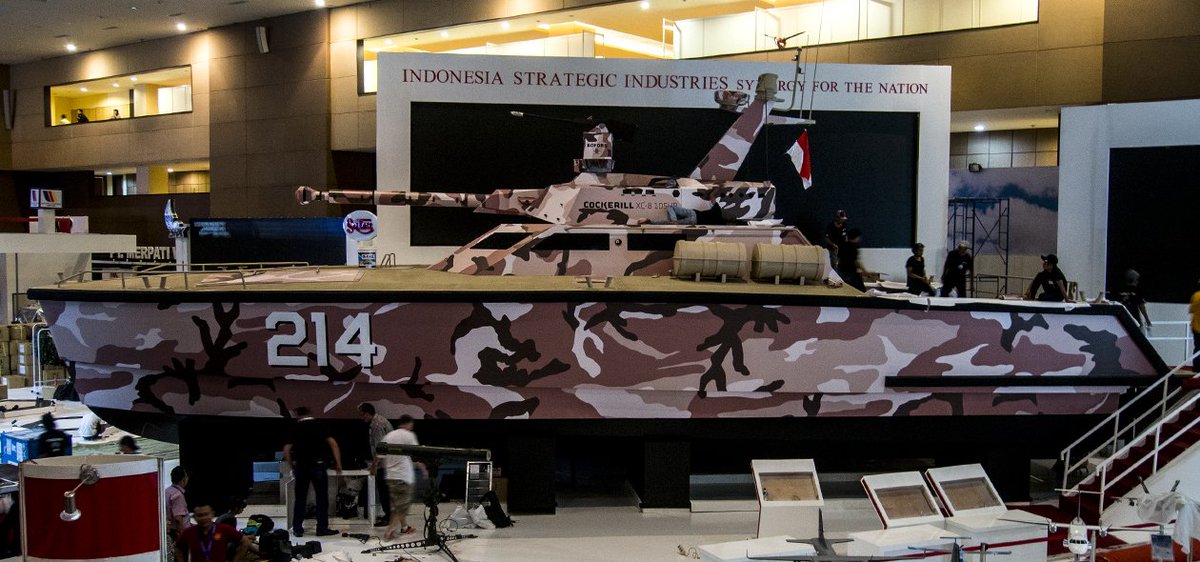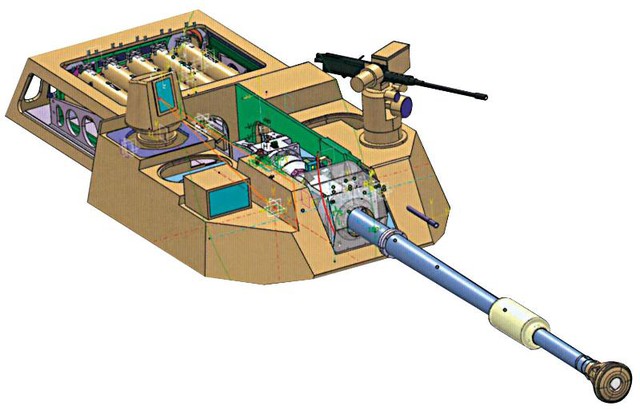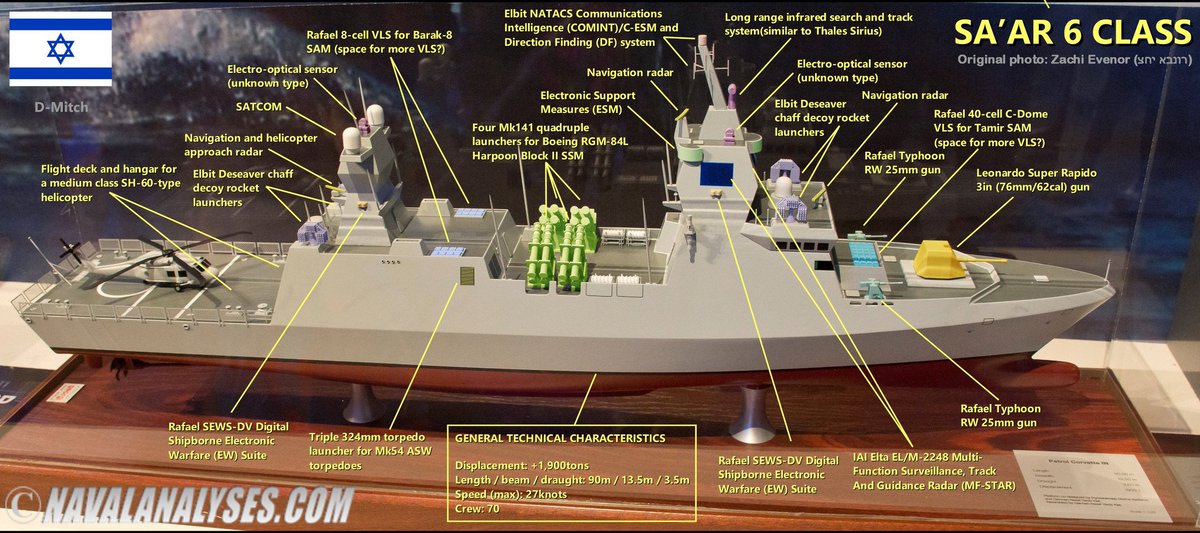https://www.naval-technology.com/features/frigates-to-lead-naval-vessel-market-in-next-ten-years/
Interesting reading, in modern era navy grew smaller in size but smaller combatan ship grew bigger in fire power and rules
GlobalData has released ‘The Global Naval Vessels and Surface Combatants Market 2019–2029’ its analysis of the military ship industry. The report projects the next 10 years of the industry forecasting how modern threats and trends that will affect the needs of navies over the next decade. Naval Technology has read the report and analysed some of the key focuses of the next 10 years of shipbuilding
the next decade. Naval Technology has read the report and analysed some of the key focuses of the next 10 years of shipbuilding

USS Zumwalt Arrives At Pearl Harbor. Credits: DoD.
Frigates take lead from destroyers
By 2029 destroyers are set to be overtaken by frigates as the vessel with the largest market share.
GlobalData forecasts that as threats develop, the market for the smaller frigates will account for 28.7% of the revenue share over the next decade.
GlobalData defence analyst Captain Nurettin Sevi of the Turkish Navy said: “Modern frigates are versatile and high endurance platforms that can perform multiple missions with their modular structure and advanced capabilities.”
This boost in market share will be partly driven by international programmes to expand frigate fleets, including the US Navy’s FFG programme, Canada’s Canadian Surface Combatant programme and the French Navy’s Intermediate Frigate programme.
Sevi added: “Next-generation frigates can take more flexible and independent roles in naval operations than traditional single role vessels in large geographical areas with their versatile capabilities, high speeds and long operation ranges.”
Destroyers and amphibious warfare ships to take the second and third spaces with 21% and 14% of the market share respectively. The prevalence of destroyers as capital ships will continue as navies build their fleets. Amphibious warfare ships are also set to retain their high market share with quickly evolving combat spaces meaning ships that multi-role ships offer navies a more cost-effective solution.
Future threats
With maritime trade routes like the Strait of Hormuz increasingly becoming a flashpoint in an already volatile region, the need for western nations like the UK to safeguard shipping is ever-apparent. Since Iran seized the British-flagged Stena Impero, a constant talking point has been how nations can safeguard shipping that passes so close to an adversarial state.
This need to safeguard shipping also applies to almost every major shipping route, with each having a unique threat to guard against, from piracy to nation-states. This is a driving factor in the expansion of shipbuilding to bolster maritime coalitions and ensure the continuation of global trade.
Another critical threat outlined in the report is the emergence and continuing rise of geopolitical disputes like those in the South China Sea and the Black Sea after Russia’s annexation of Crimea. China’s advanced shipbuilding programme and continued assertion of territorial claim over the South China Sea has meant neighbouring powers South Korea, Japan, the Philippines and others have also had to expand to retain their influence in the region.
This push for dominance from China is in part down to the prevalence of natural resources making the sea a key economic centre where military force is an assured path to securing these resources. Western powers like the US and UK which have long-running strategic relationships in the Indo-Pacific have also made a consistent effort to patrol the South China Sea to dissuade Chinese aggression.
Another driving factor in the growth of the naval vessels market according to GlobalData is the growth of rising powers and the continued modernisation of existing ones. The report suggests one of these driving factors is the US Navy’s plan to expand its fleet to 355 vessels at a cost of $25bn a year through every year through to 2049. This addition of eight to 13 ships a year, not including autonomous vessels, is partly in response to China’s rising plans to become the dominant force in the South China Sea and wider Indo-Pacific.
China’s plans will rely on an extensive shipbuilding programme, including a push for two home-grown aircraft carrier, towards a fleet of “300 surface combatants, submarines, amphibious ships, patrol craft, and other specialised vessels”. Another country expanding its fleet is India, which has invested heavily in its navy in recent years. India plans to build seven frigates, four destroyers and four landing platform ships and two aircraft carriers as part of a multi-year modernisation programme.
Shipbuilding trends
Navies increasingly face not just other countries’ vessels but rather economic battles, non-state actors and security threats that fill the ‘grey zone’ of conflict that is not quite conflict yet. This demand will lead to the increasing importance of multi-role vessels over the next ten years as countries need their ships to be more flexible. GlobalData reports that these markets will expand to service the multi-role needs of navies across the globe.
A key part of this multi-role development will largely rely on an increase of modularity. The report explores how, to cut costs and increase life-cycles, ships will need to be able to adapt to meet new missions on the fly. Modular systems will also play an increasingly important role as navies continue to integrate unmanned systems, a fleet of which planned by the US Navy. One of these modular systems identified by GlobalData is the US push for 35 Littoral Combat Ships (LCS) which will be supported by 44 mission packages geared towards different roles. This will mean the fleet of ships can be quickly adapted for new missions and whatever threats are facing the US.
Other than China and India, investment in home-grown systems is continuing to become an increasingly visible shipbuilding trend over the next 10 years. Countries from Australia to Colombia are all looking to develop systems and solutions internally. The push for internal ship-building will allow countries to negate old dependencies on other nations while allowing for parts and repairs to be undertaken at home ports.
On-going challenges
As is often the case with defence contracts, one of the biggest threats to their continuance and stability is that of overruns and delays. This has been seen with the US Navy stumbling to get manufacturing of the next block of Virginia-class submarines off the ground and ongoing delays with USS Gerald Ford aircraft carrier.
Delays to programmes are inevitable and will no doubt continue through 2029. Ongoing problems such as budget cuts and mismanagement will undoubtedly still be a problem in the future as in the present.
GlobalData says: “These delays may lead to significant cost overruns which in turn may cause reduction of initial programme quantity or may even [result in] the scrapping of the whole programme.”
Stealth features versus evolving detection technologies
Another challenge identified by GlobalData is the ongoing cat-and-mouse game of stealth versus detection. As one country and its industry develop more advanced radar, another creates a more advance shielding technique. With the merits of more stealthy ships and more covert naval operations highly documented increasingly countries are looking to develop their stealth capabilities.
Ships like the US Zumwalt-class destroyer are a prime example of a modern naval design that is expected to carry on through until 2029. New hull designs are being coupled with propulsion systems to help ships avoid detection. This increasing push for stealth will no doubt be met however with increasing investment in countermeasures.




















